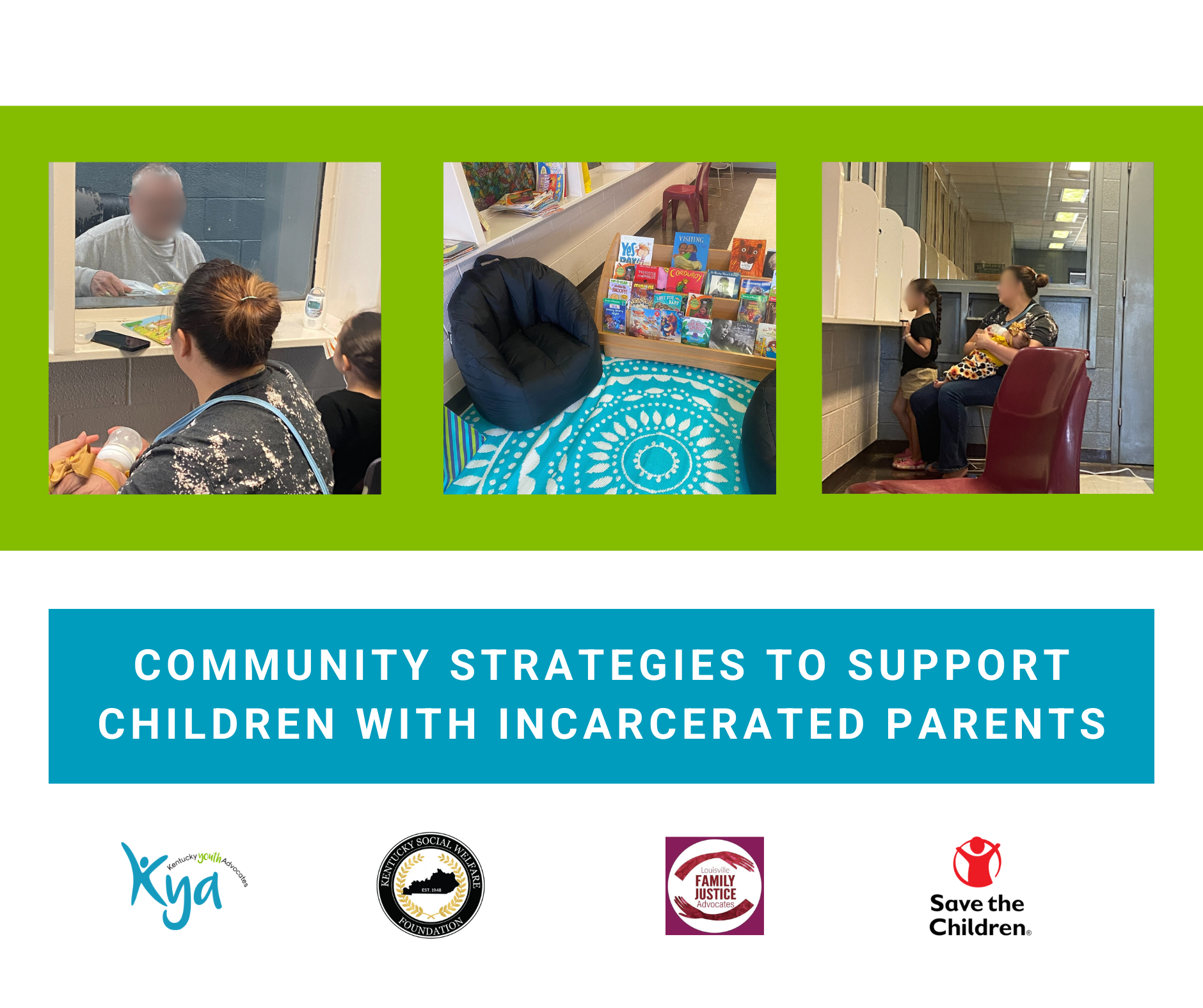This post was originally featured on the blog of the Annie E. Casey Foundation.

Image courtesy of AECF
If you are a parent or caregiver who has filed taxes before, you may already be familiar with the child tax credit, which most parents claim on their annual income tax return. For years, it has provided an after-the-fact credit for families with children.
What’s new is that beginning in July 2021, for most parents, half of your credit will be advanced to you during the year in the form of direct bank account payments, so you don’t have to wait until it’s time to file your taxes to make use of these resources to provide for you and your family. This is the “advance” child tax credit you might have heard about in the news. You’ll still get the other half of your credit the usual way, as part of filing your federal taxes next April. The Annie E. Casey Foundation has a 20-year history of bipartisan advocacy for expanding the credit to help families meet basic needs for their kids.
WHEN DO PAYMENTS START? HOW MUCH ARE THEY FOR?
The payments begin July 15. You’ll receive one per month. For each of your qualifying children age 5 or younger, most parents will receive $300 per month in July, August, September, October, November and December for a total of $1,800. For each of your qualifying children ages 6 to 17, most parents will receive $250 each month for a total of $1,500. The benefit is time-limited, bit in its KIDS COUNT Data Book released today, the Foundation urges policymakers to make the credit permanent.
HOW DO I RECEIVE THESE PAYMENTS TO PROVIDE FOR MY FAMILY?
Most parents and caregivers won’t have to do anything. Eligibility is based on last year’s tax information and almost all parents are eligible. If the IRS already has your information on file from when you’ve received tax refunds or stimulus payments, the advance child tax credit should appear in your account automatically. If it doesn’t, visit childtaxcredit.gov to find out what to do next.
There’s a special website for parents and caregivers who are eligible, but who did not file taxes last year. It’s called the Non-filer Sign-up Tool.
WHY ARE THESE PAYMENTS BEING MADE?
It costs almost a quarter million dollars to raise one child in the United States from birth to age 18. And the COVID-19 pandemic brought new uncertainty and instability to parents trying to make ends meet. America doesn’t recover unless American families recover, so the advance child tax credit was included in the American Rescue Plan as one tool to provide families with the support they need to care for their children and to power an equitable economic recovery.
WHERE CAN I LEARN MORE
Visit the U.S. government’s official child tax credit site for more information: childtaxcredit.gov.
MORE INFORMATION ABOUT THE CHILD TAX CREDIT
The Annie E. Casey Foundation has strongly advocated for decades for the federal child tax credit as a policy tool to ensure children and families can thrive. The Foundation has discussed the benefits of the child tax credit in previous editions of the Data Book and included the expansion of the credit as its first recommendation in a keystone report on two-generation approaches to combating child poverty.
Read more about the Child Tax Credit and find tools and resources for Kentucky child advocates and families.






Leave A Comment